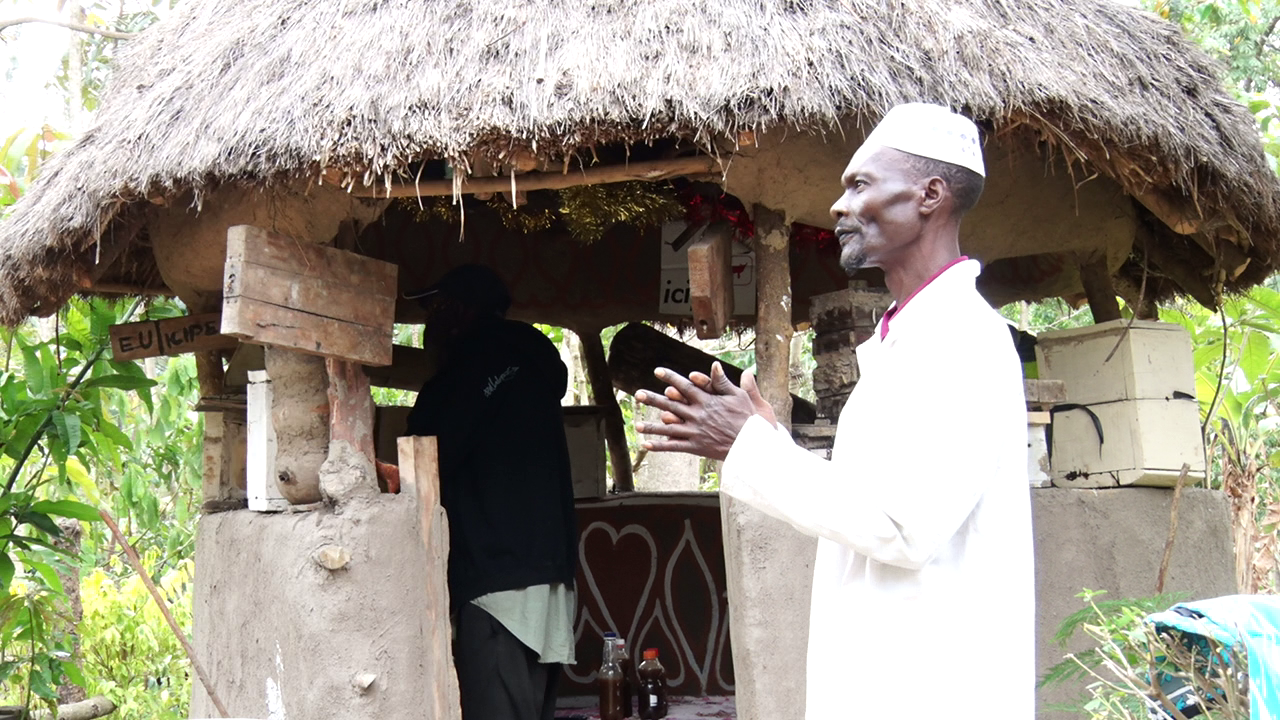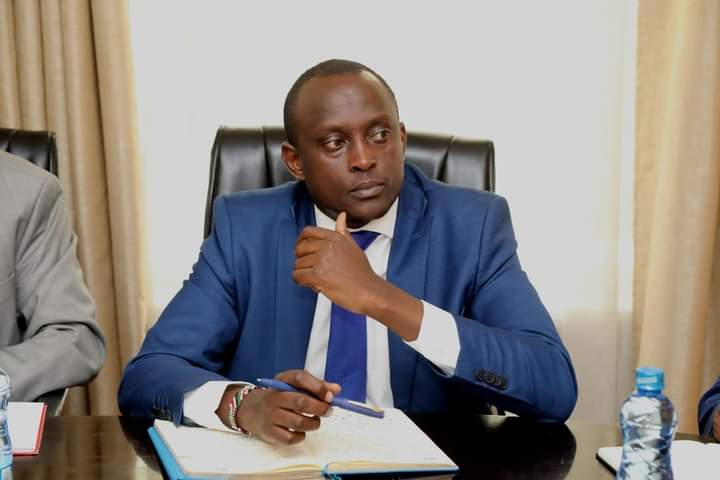Under the scorching sun, lies a rough rocky terrain characterized by short thorny trees that are far apart. This is the sight that welcomes you to Marti village in Archers Post Samburu East Sub County.
Despite the Wild West cowboy movie description and the high temperatures in the area, life still thrives in a tiny pastoral homestead amidst the short thorny trees.
Here we meet a 23 year old Samburu moran who has gone against the cultural norms by volunteering to fight against malnutrition in his village for the last five years.
“Morans are held in very high esteem as the defenders of the society. They don’t interact with women, not even their own mothers and as a sign of masculinity, they do not eat food prepared by women but prefer to prepare their own while living in the forest away from their families,” Jeines Lebasha, a Community Health Volunteer says.
Lebasha said that at the age of 18, he decided to choose a different path from his peers after realizing that households were incurring huge hospital bills for ailments that could be easily avoided.
“Because of lack of awareness on hygiene coupled with water scarcity, women would buy beans from the market and boil them without washing and that would cause severe diarrhea among children. Poor diet led to many malnourished children and I couldn’t ignore so I decided to help,” he said.
The turning point was in 2016 when the class six dropout learnt that the Department of Health at the Samburu county government was training Community Health Volunteers (CHV) to guide the community on health improvement and disease prevention at the household level.
Lebasha said that after the training and later becoming a fully-fledged moran CHV who dealt directly with women, children and lactating mothers, his peers did not understand him but he pushed on.
Today, the CHV is responsible for 46 households with 226 people in Marti village and his main role is to provide basic health services such as screening malnutrition in children, teaching women and lactating mothers on the benefits of balanced diet and how to prepare them and also recommending serious cases to local health facilities. This is after the CHVs were trained on proper nutrition by the Samburu county government in collaboration with NAWIRI.
During the Covid-19 outbreak, the CHVs services came in handy since he could screen malnutrition in children at the household level using the Mid Upper Arm Circumference (MUAC) apparatus which he also taught women how to use and report the results back to him.
“Women did not want to go to hospital because they feared they would contract Covid-19 so I would do home visits but for efficiency, I taught them how to use the MUAC on their children after every 14 days and now malnutrition cases are detected and tackled before they reach critical levels,” he noted.
Lebasha is now a role model in Marti village after he started poultry farming from a Sh9, 000 Covid-19 cushion stipend given to CHVs in Samburu County by USAID NAWIRI project.
He said that through proceeds from his poultry project, he was not only able to buy fodder for his goats during the dry season but has also given several households one chicken each as a way of building resilience to the community he is serving.
“From the stipend, I bought four goats at Sh1000 each. I later sold one goat and bought free range chicken which multiplied and since then I have been profiting from egg and chicken sales,” he said.
Lebasha noted that more men were now willing to take up the CHV roles adding that they were only limited by the number of CHV slots available.
USAID NAWIRI field Health and Nutrition Adviser in Samburu County Titus Leokoe said that the USAID NAWIRI is a five year project which started in 2020 and it is committed to sustainably reduce persistent acute malnutrition in Samburu County.
Leokoe noted that the NAWIRI project works closely with the department of health in Samburu County to support capacity building of CHVs by training them on integrated community case management so that they are able to identify and treat early childhood illnesses in the community.
The nutritionist added that the caregivers at the household level were trained on the use of the family led Middle Upper Arm Circumference (MUAC) which is a tool that is used to measure the malnutrition status of their children.
“The tool which is color coded into red, yellow and green is tied on the upper non dominant arm of the child. When it’s in color green, then the child is healthy. If it’s in color yellow, then the child is moderately malnourished and when it’s in red, then the child is at risk of death,” he explained.
He said that the family-led MUAC has significantly reduced hospital visits to check on the children’s malnutrition status especially during the height of Covid-19 therefore protecting the entire family from contracting the virus.
Leokoe added that since the programme began, there have been improvements in uptake of nutritious diets in the households away from the traditional milk, blood and meat diet.
“Ugali mixed with goat fat used to be a staple food in many manyattas but after training CHVs on nutrition, families are now consuming green leafy vegetables such as kales, spinach, terere and cabbages and this changes will contribute to the reduction of persistent acute malnutrition in Samburu County,” he said.
Samburu Deputy Governor (DG) Julius Leseeto lauded the partnership between NAWIRI and the county government in launching the Community Health System Implementation and Learning Activities that aims at giving CHVs a monthly stipend to motivate the grassroot workers.
“For a start, the USAID NAWIRI Samburu project has already committed Sh37 million and the Samburu county government will inject another Sh41 million towards supporting Community Health Volunteers.
The DG added that the Samburu County Assembly has already passed the Community Health Volunteers Act which will enable budget allocation towards facilitating and paying the CHVs.


